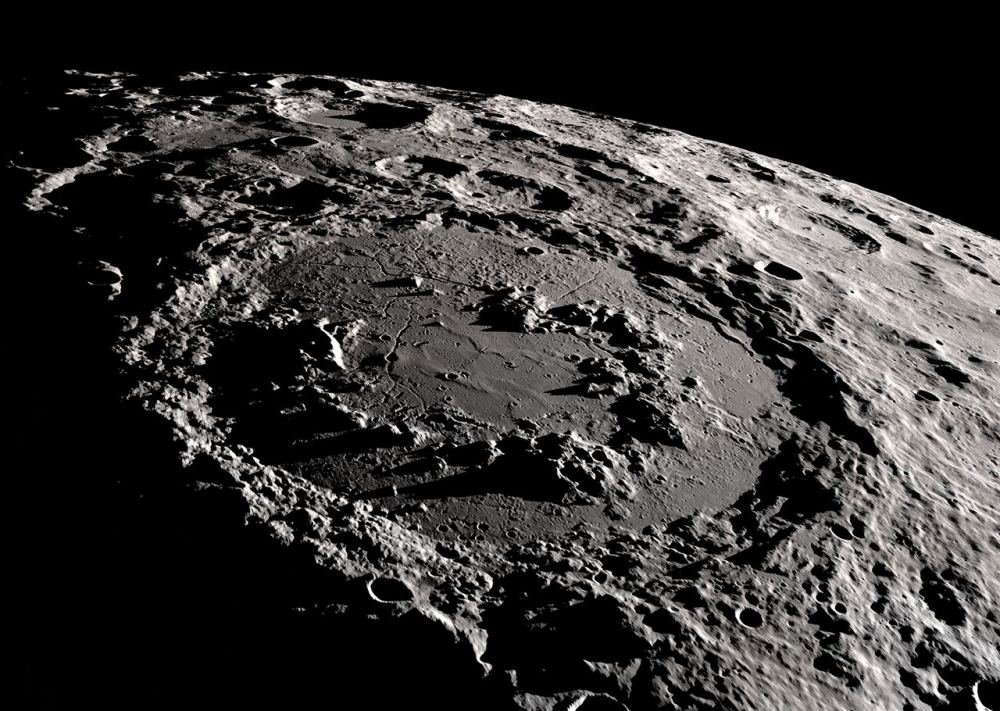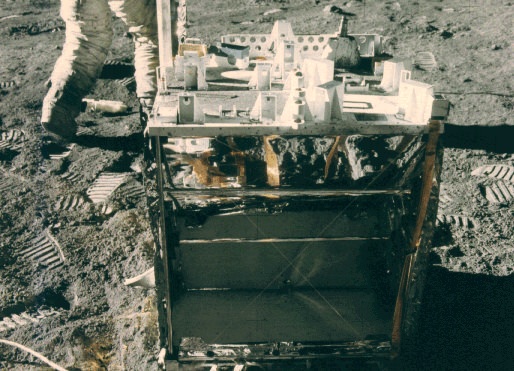
JUNE 4, 2024 BY CAROLYN COLLINS PETERSEN
Collected at : https://www.universetoday.com/167258/two-seismometers-are-going-to-the-moon-to-measure-moonquakes/
Our Moon is shrinking and has been doing so since just after its formation ~4.5 billion years ago from a collision with the young Earth. That shrinkage, along with a constant rain of micrometeorites, causes lunar seismic activity. NASA plans to send two instruments to the Moon to measure its moonquakes. Those dual seismometers share technology first used on Mars by the InSight lander to measure more than a thousand marsquakes.
The seismometers make up part of the Farside Seismic Suite (FSS). It will be delivered to the Moon’s Schrödinger Basin at the South Pole, the first such instrument package deployed since the Apollo program seismic payload operated for a brief time in 1971. That program sent back the first moonquake measurements. Subsequent Apollo missions deployed other seismic instruments that transmitted lunar data until late 1977.

The FSS will send back the first such measurements from the Moon’s far side since Apollo days. Its two seismometers will record a “hum” of seismic background vibrations from icrometeorites pelting the surface. In addition, they will record lunar quakes and return data about their intensity and location.
What Do Moonquakes Tell Us?
Quakes give a great deal of information about more than their location and intensity. The way seismic waves travel through the Moon’s structure should give some insight into the density of its various parts. In addition, they help scientists understand the lunar “shrinkage”.
On Earth, seismic waves travel differently through liquid and solid layers. On the Moon, the Apollo 11 seismic experiment gave planetary scientists the first “look” at the lunar interior. For each moonquake, the instrument recorded the strength, duration, and suspected direction of the event.

Interestingly, that experiment and others did not detect much seismic activity on the lunar far side. Something in the Moon’s interior plays a role in absorbing the waves from far-side quakes. Scientists want to know what that structure is and what properties prevent transmission of quake waves. Of course, not as many quakes occur on the far side. Interestingly, the surface of the far side is much different than the near side. Are these two related? “FSS will offer answers to questions we’ve been asking about the Moon for decades,” said Mark Panning, the FSS principal investigator at JPL and project scientist for InSight. “We cannot wait to start getting this data back.”
From Marsquakes to Moonquakes
In late 2018, the Mars InSight Lander settled onto the surface of the Red Planet. Its mission was to study the interior of Mars. Essentially, it used the Seismic Experiment for Interior Structure (SEIS) to take the planet’s pulse and measure its interior motions. It measured the strength, duration, and direction of marsquakes. It also detected tiny mini-quakes generated by meteorite impacts. Along with a suite of other instruments that measured wind, temperature, and magnetic field variations, SEIS was able to sense vibrations from wind storms and other atmospheric phenomena.
Engineers at NASA Jet Propulsion Laboratory adapted the seismometer technology used on InSight for the FSS suite. There were a few major differences, however. For one thing, lunar gravity is much less than Mars’s, so they had to adapt the seismic suite’s performance to take that into account. Also, temperatures on the Moon are much colder, and of course, there’s no atmosphere to measure.
The FSS suite contains the Very Broadband Seismometer, which is so sensitive it detects ground motions smaller than the size of a hydrogen atom. The other seismometer is called the Short Period sensor and it measures ground motion in three directions using tiny sensors etched onto chips.
FSS’s Science Goals
This payload, its power sources, and thermal controls are expected to operate for a long time, measuring quakes and background “noise” in the lunar structure. Although scientists know a fair amount about the Moon’s interior, the FSS’s sensitive instruments should help them get a more detailed understanding of its structure. The Moon is a differentiated body—meaning that it has layers beneath it crust.
The Apollo mission instruments measured the thickness of the lunar crust, and the GRAIL mission provided more detailed data. The FSS measurements should determine the thickness of the next layer—the deep mantle. That should come from data recordings and measurements of deep moonquakes. The FSS’s landing site in Schrödinger crater is a great location for quake measurements. It’s an impact basin refilled by rock melted during an impact that occurred some 3.8 billion years ago. There is a great deal of evidence for other volcanic activity in the region, including vents and subsequent lava flows.

The FSS seismometer package is slated for launch in 2025 with a projected landing date in 2026. It’s part of a NASA initiative to work with companies to deliver lunar science and technology packages during the Artemis mission timeline. Artemis astronauts will deploy a seismic network using a distributed acoustic sensing capability to do further work in assessing the Moon’s interior.
For More Information
NASA to Measure Moonquakes With Help From InSight Mars Mission
Apollo 11 Seismic Experiment
InSight Lander

Leave a Reply